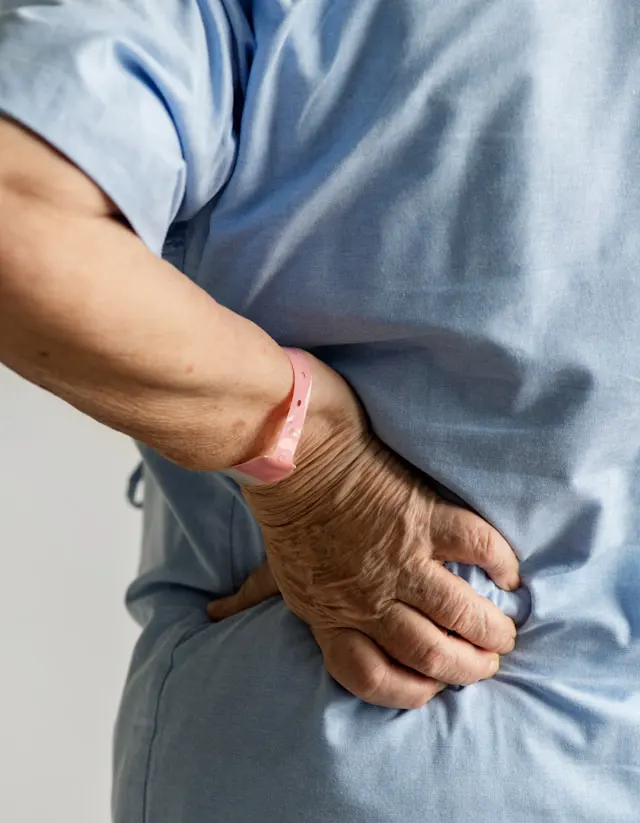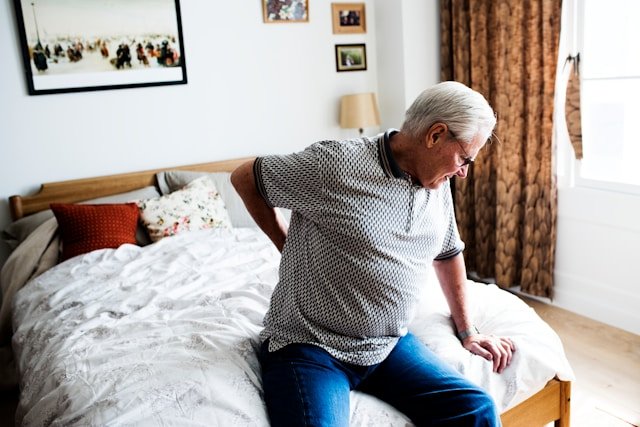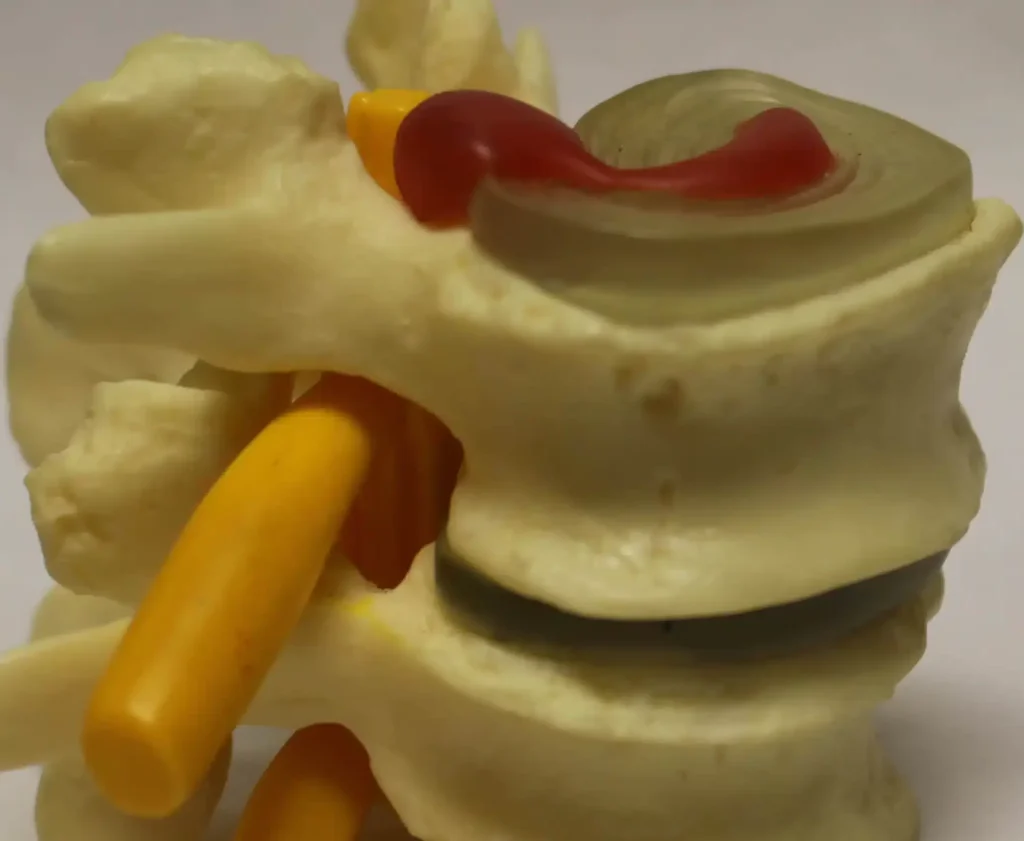DEGENERATIVE DISC DISEASE
Herniated Disc
A herniated disc is a painful condition affecting the spinal disc in the vertebrae. The spinal or vertebral disc is the rubber-like cushions between the individual bones that stack up to make our vertebral column, also called backbone or spine. A spinal disc is much like a jelly donut. The soft inner core is protected by the tough circular exterior called annulus fibrosus.
The inner core is composed of a jelly-like material consisting mostly of water and collagen fibers. The elasticity of the inner core allows the spinal disc to withstand compression. The exterior part of the discs encases the inner core and securely connect the spinal vertebrae above and below the vertebral disc.


Causes of Herniated Disc
Herniated disc is most often the result of disc degeneration. It is the gradual wear and tear related to aging. As we age, the spinal discs lose some of their water content making them less flexible. The outer layer can form tiny cracks, making the discs more prone to tearing or rupturing.
There are ways to avoid the natural wear-and-tear of the discs. Proper posture is important in lessening the strain on the disc. Slouching puts pressure on your spine that could eventually lead to problems. So make sure you are aware of good posture that promotes a healthy spine. Proper posture involves training your body to stand, walk, sit, and lie in positions where the least strain is placed on supporting muscles and ligaments.
Using back muscles instead of your legs to lift large and heavy objects can sometimes lead to herniated disc, as well as abrupt twisting and turning while lifting. The right way to lift objects is to squat down with hips and knees bent, keep the object close to your body then straighten your legs as you start to lift.

Risk Factors
- Weight
- Excessive abdominal fats
- Occupation
- Genetics
Symptoms
Most herniated discs occur in the lower back or lumbar spine, although sometimes they can also occur in the neck or cervical spine.
The following are the most common symptoms of a herniated disc:
- Weakness in limbs
- loss of motor skills
- imbalance
- impaired ability to hold or lift objects
- Sudden pain in your limbs
- Numbness or tingling
Treatment Options
To heal and manage the pain, there is a modern non-surgical treatment called spinal decompression therapy. Spinal decompression is a type of motorized traction that helps relieve back pain by gently stretching the spine, taking pressure off the nerves and other structures in your spine.
Please call our Charlotte chiropractor to find out if spinal decompression therapy is right for you.


